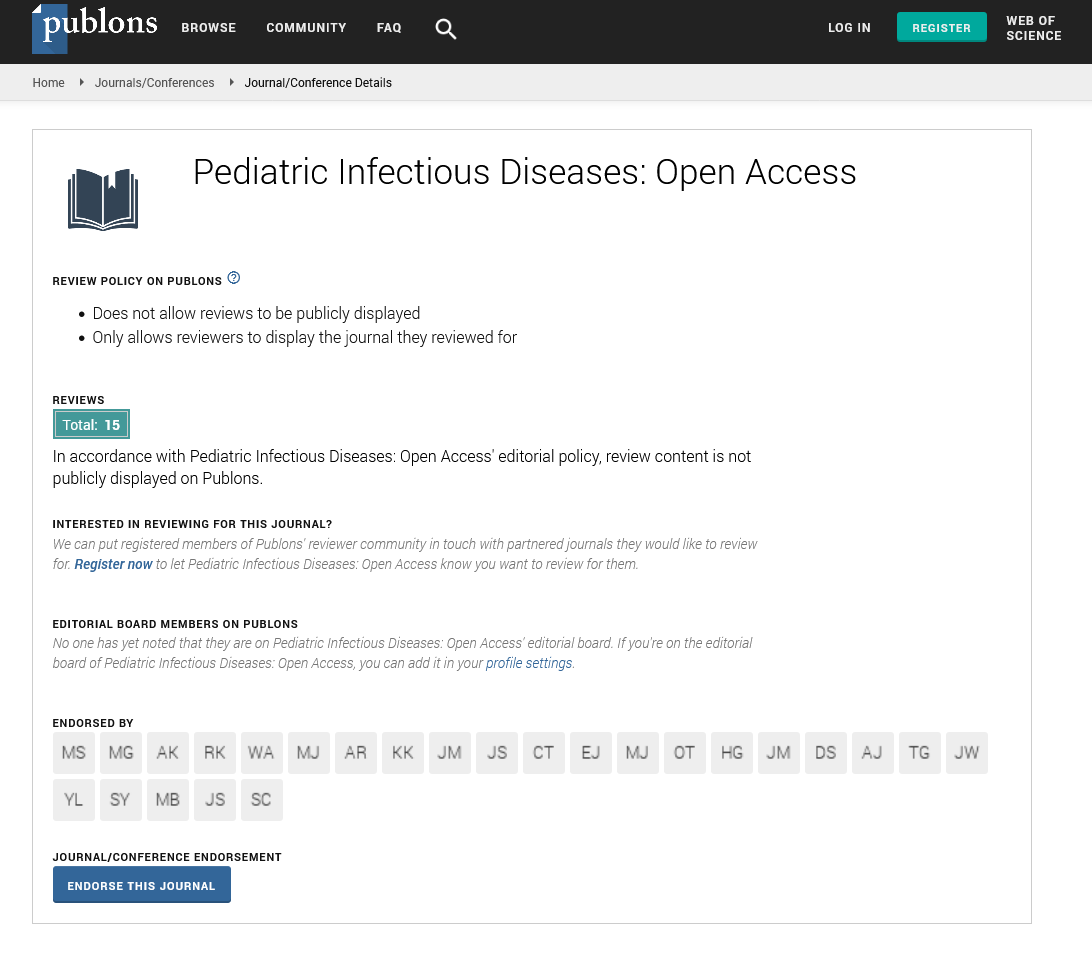Abstract
Application of quantitative pharmacology to inform clinical pharmacokinetic trials in the pediatrics
Quantitative pharmacology brings important advantages to overcome some of the limitations of conducting pediatric clinical trials. As an example, optimal sampling strategies facilitate sparse sampling studies benefiting the design and conduct of pharmacokinetic (PK) trials while minimizing phlebotomy and burden to participating children. Additionally, the scientific community and regulatory agencies globally support the use of model-based approaches to select rationalize doses for pediatric trials. The objective of this work is to demonstrate the application of quantitative pharmacology to optimize pediatric trials using two examples. The first one comprises the application of a model-based approach to select doses and optimize the PK sampling scheme for the clinical evaluation of a novel oral suspension of spironolactone in pediatric patients with edema. A population PK model was developed and qualified for spironolactone and its metabolite, canrenone, using data from adults and bridged to pediatrics (2-<17 years) using allometric scaling. The model was then used via simulation to explore different dosing and sampling scenarios. The second example aimed the application of a physiologically based absorption model, developed considering the nasal physiology and formulation properties, to support the dose selection of a novel nasal spray for a pediatric trial. The model was firstly developed and verified using data from adults, and then extrapolated to pediatrics (4- <18 years) using different scaling factors to account for differences in the physiology across these populations. Different doses were then simulated using the PBAM model extrapolated to pediatrics to compare systemic epinephrine exposures and select the more appropriate dose in different age groups for the trial.
Author(s): Valvanera Vozmediano
Abstract | Full-Text | PDF
Share this

Google scholar citation report
Citations : 230
Pediatric Infectious Diseases: Open Access received 230 citations as per google scholar report
Pediatric Infectious Diseases: Open Access peer review process verified at publons
Abstracted/Indexed in
- Google Scholar
- China National Knowledge Infrastructure (CNKI)
- Cosmos IF
- Secret Search Engine Labs
Open Access Journals
- Aquaculture & Veterinary Science
- Chemistry & Chemical Sciences
- Clinical Sciences
- Engineering
- General Science
- Genetics & Molecular Biology
- Health Care & Nursing
- Immunology & Microbiology
- Materials Science
- Mathematics & Physics
- Medical Sciences
- Neurology & Psychiatry
- Oncology & Cancer Science
- Pharmaceutical Sciences


